THE LINK to #urbanana:
Schmela Haus F3 – Gallery legend
in English: 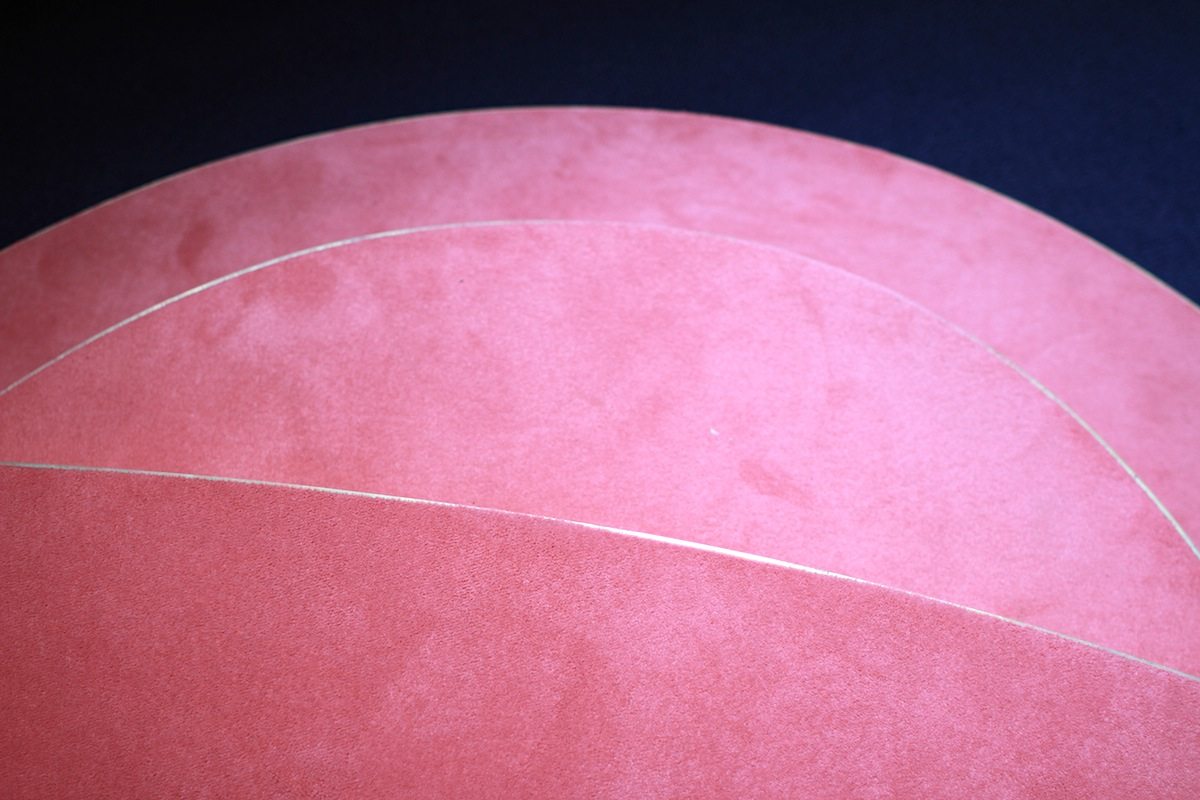
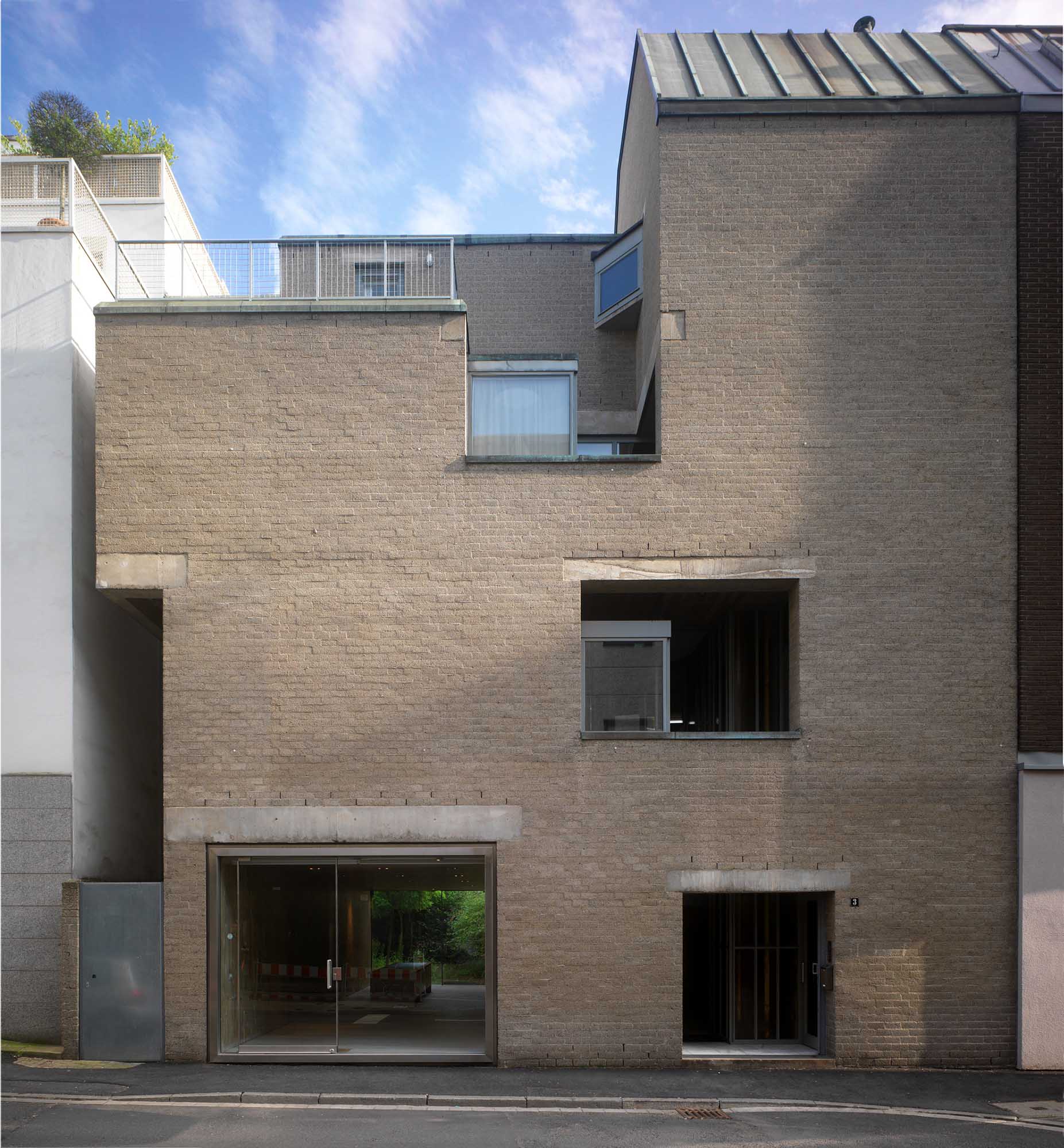
Schmela Haus
By Dutch architect Aldo van Eyck. Completion: 1971. Built for the avant-garde art dealer Alfred Schmela.
»Make each door welcoming and give a face to each window. Make each one a place ...
«Aldo van Eyck, architect
The art dealer Alfred Schmela bucked the trends of the time when he built this house that combined spaces for living, working and exhibitions in the old city of Düsseldorf. The Dutch structuralist Aldo van Eyck designed the visionary building, made of pumice concrete, between 1967 and 1971. Its interlocking grey surfaces on Mutter-Ey-Straße were at first seen as totally inappropriate for an exhibition space of the time. White cubes were in-demand; they should be empty and neutral. Until the early 1960s, people mostly used private apartments for gallery operations, but now the curators and artists were moving into old factory buildings and empty shops. The movement came out of New York and developed in parallel to minimal and post-minimal art. Here, exhibited and large-format works could be created. The predominant art forms were industrial, serial and process-heavy. Schmela decided to go against the grain with his gallery. The surfaces are raw and textured; the rooms have all sorts of corners and niches; the façade is defined by its differing window formats. A large glass cylinder stands in the centre of the building. Every detail is precisely thought through here: from the recessed windows to the positions of the hoists. Variegated walls and different kinds of openings in and on the building open up visual axes and allow for changing perspectives. The building opened sensationally on 17 September 1971 with the installation “Barraque D’Dull Odde,” by Joseph Beuys. Many shows followed, featuring Jörg Immendorff, Gerard Richter, Jean Tinguely, Gordon Matta-Clark and the ZERO artists. It was not uncommon that they were seen here in Europe first. It is probably for that reason that the Galerie Schmela developed into one of the most legendary in the nation. Since 1996, it has been under historical monument protection.
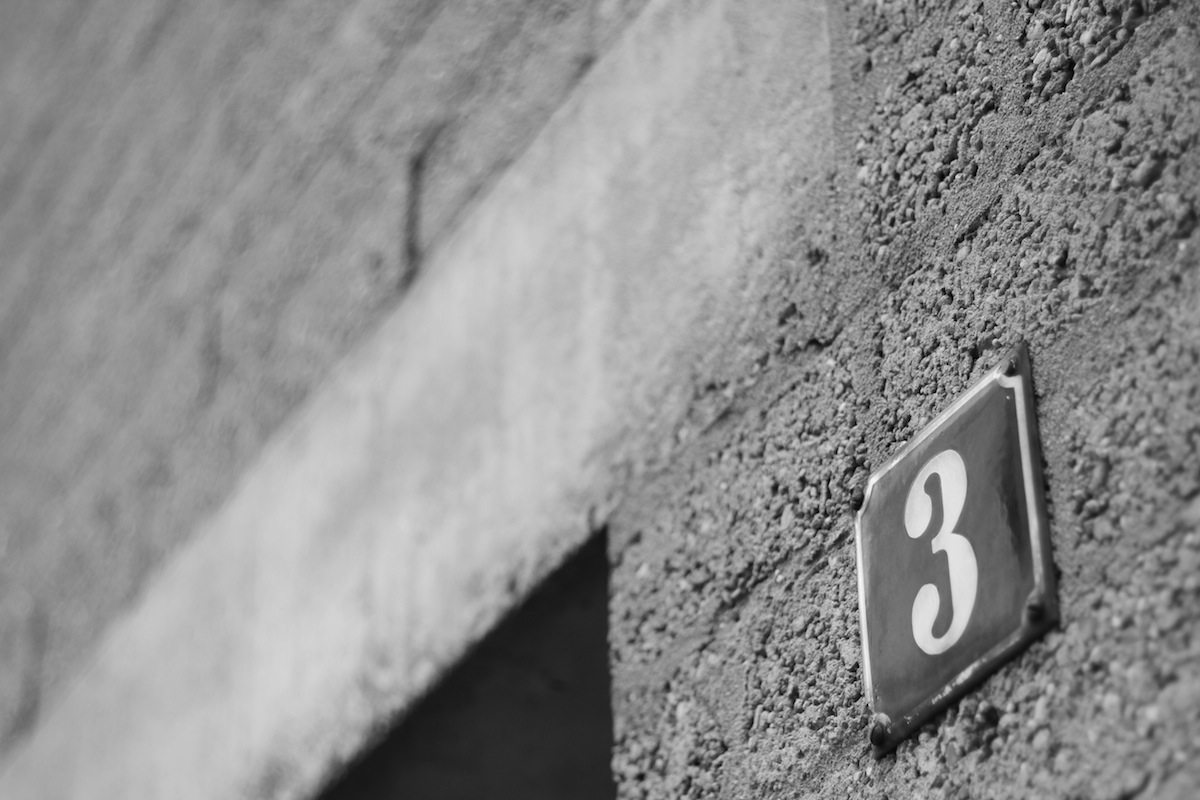
Schmela Haus
is one of the 3 houses of the Kunstsammlung Nordrhein-Westfalen with art works of the 20th and 21st-century.
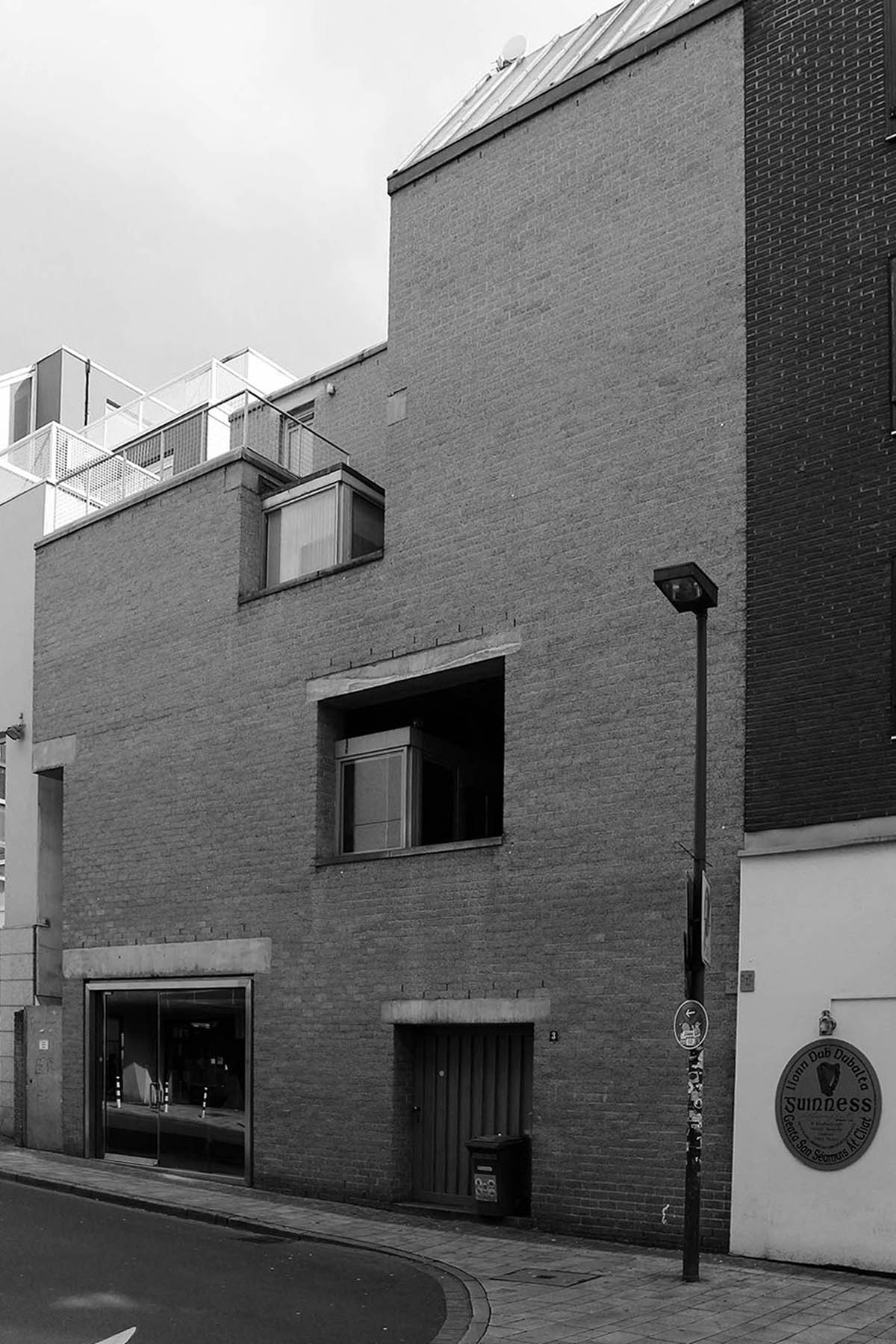
Schmela Haus
The three houses are K20 (at Grabbeplatz), K21 (in the Ständehaus), and F3 in Mutter-Ey-Straße 3 just a few steps away from K20.
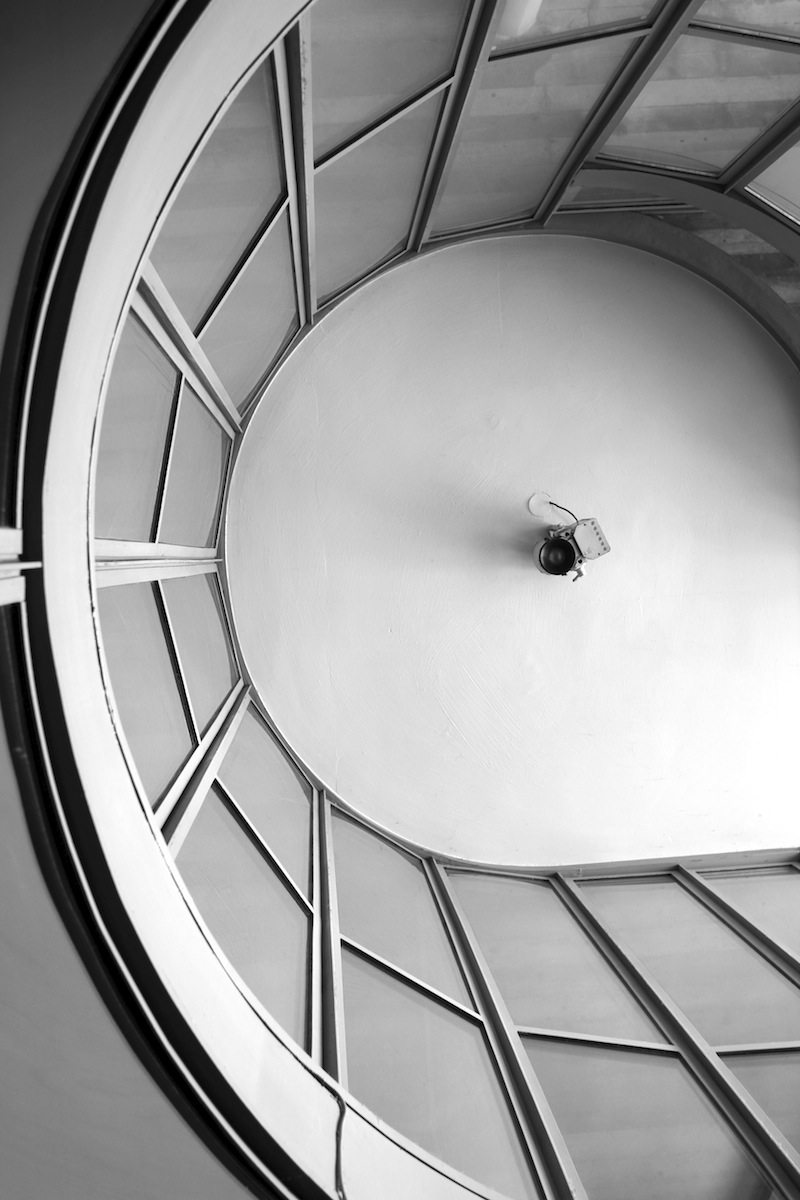
Schmela Haus
F3 is a venue for discussion and debate, for conferences and performances.
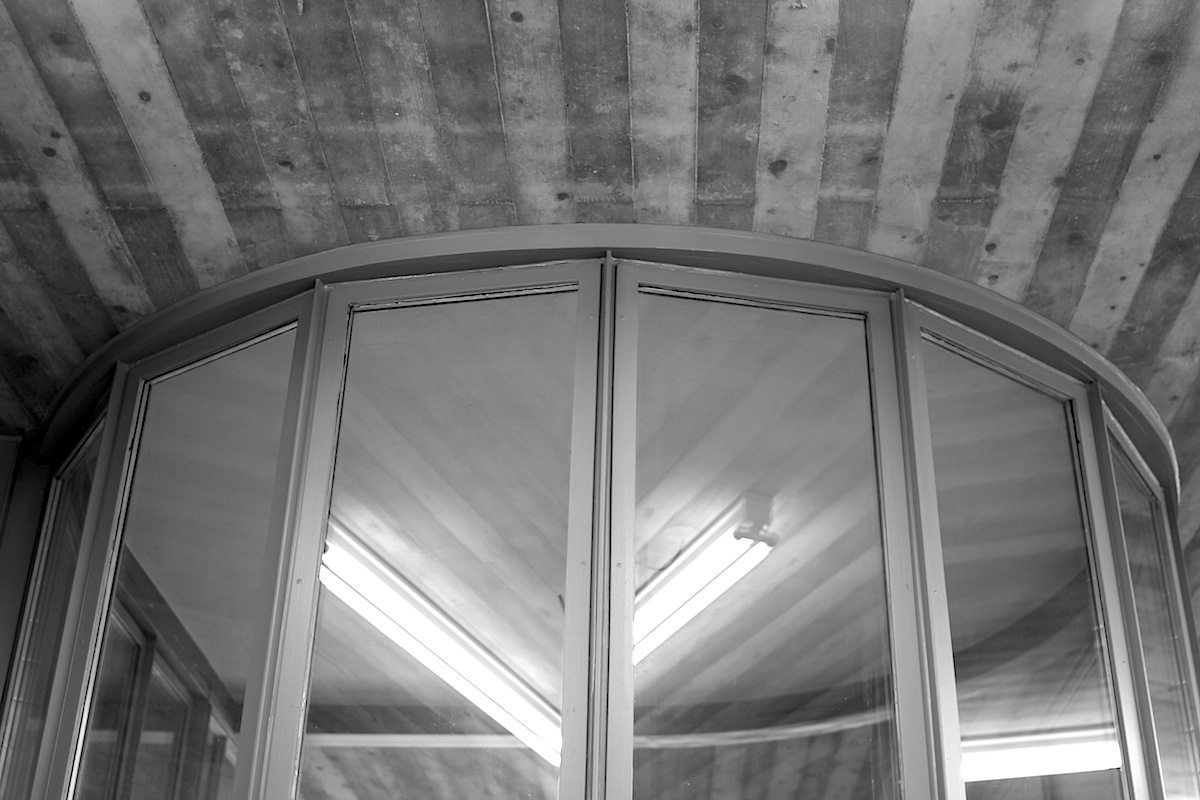
Schmela Haus
With "Futur 3", international guests from the realms of culture and scholarship share their perspectives on the future of art, museum life, and society as a whole.
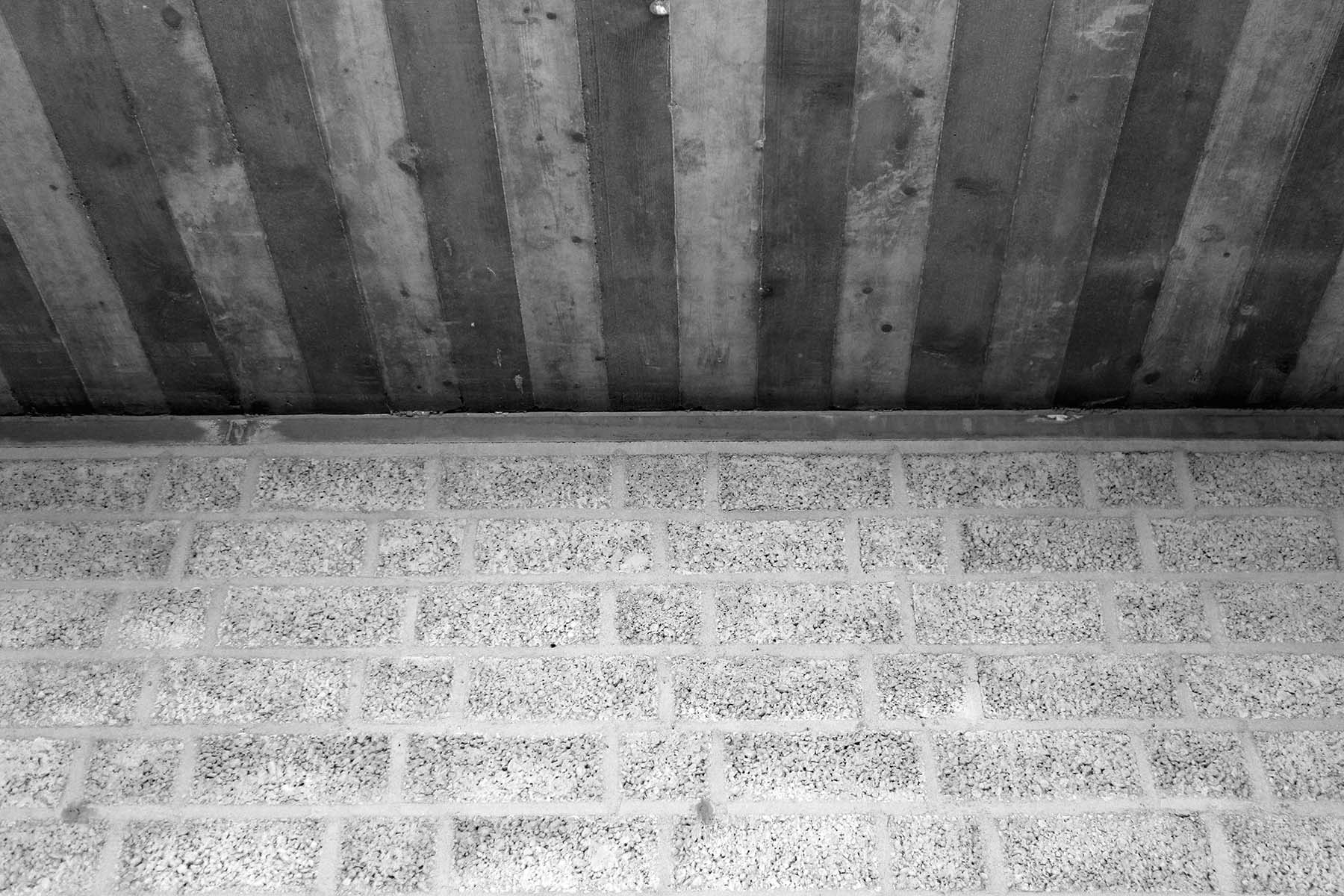
Schmela Haus
Dutch structuralist Aldo van Eyck designed the visionary building, made of pumice concrete ...
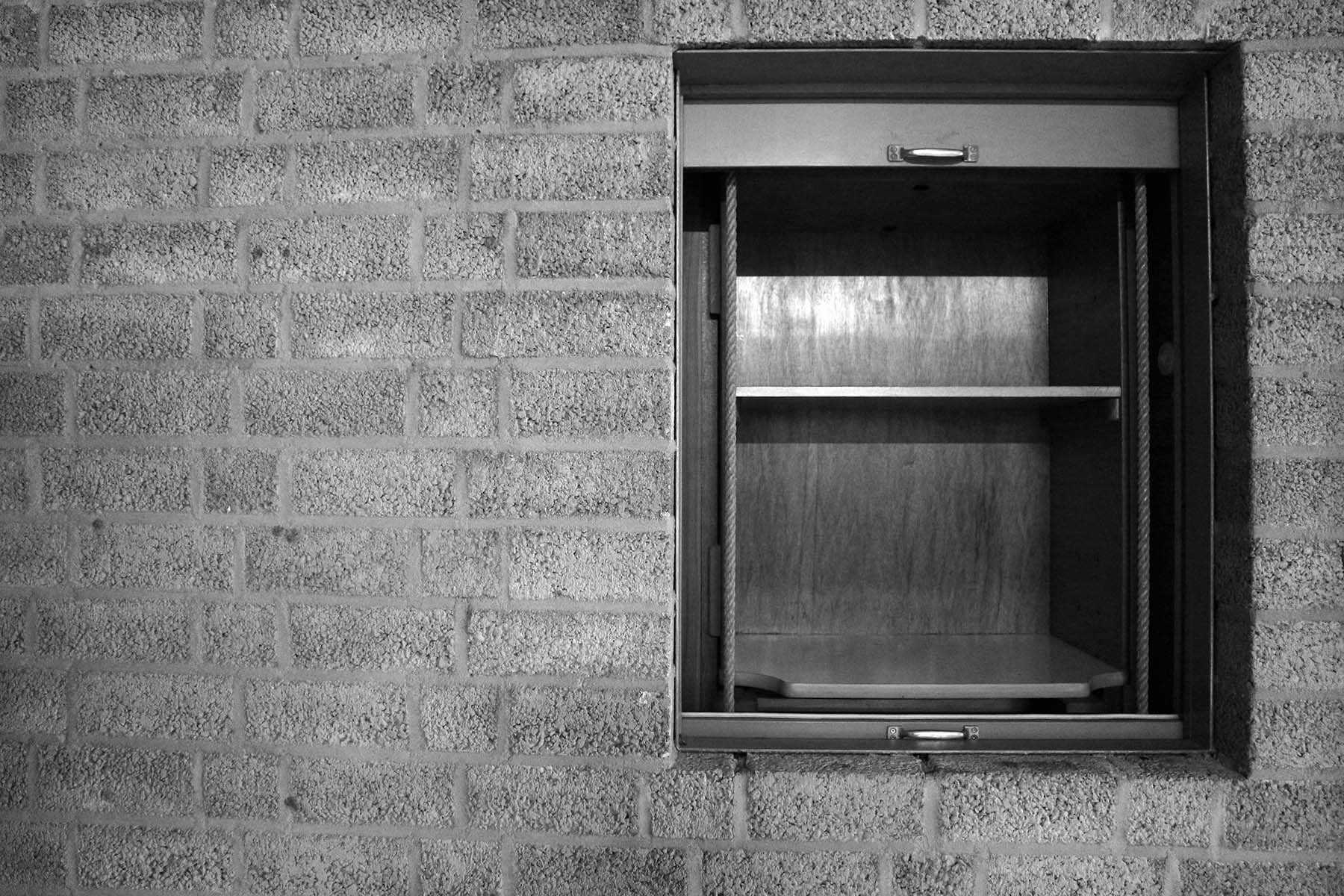
Schmela Haus
... between 1967 and 1971.
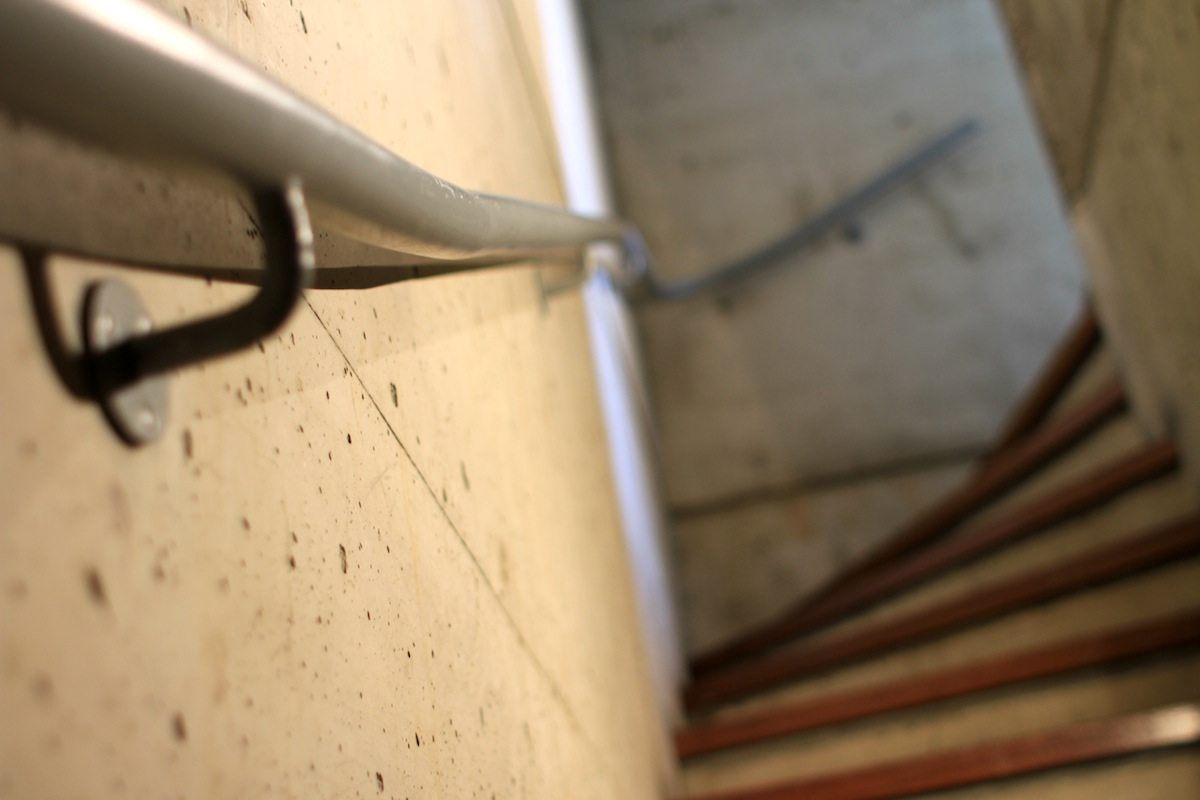
Schmela Haus
The surfaces are raw and textured.
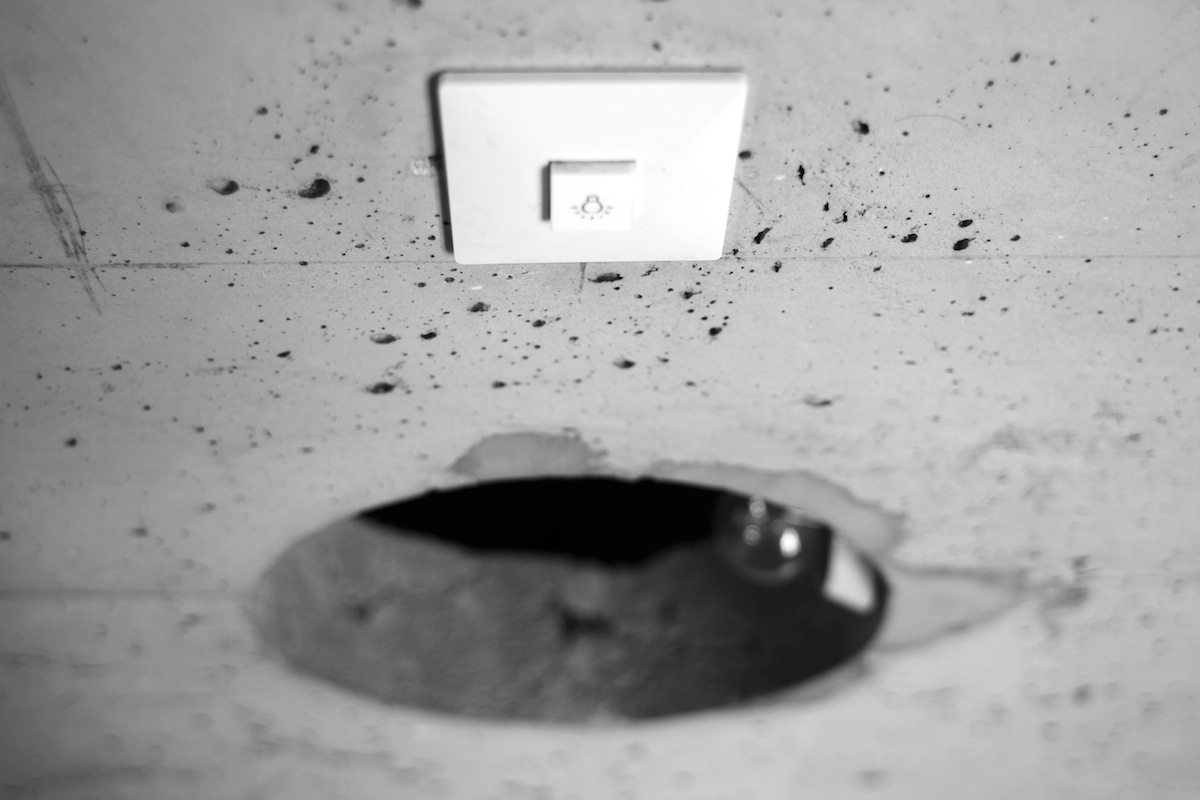
Schmela Haus
The rooms have all sorts of corners and niches.
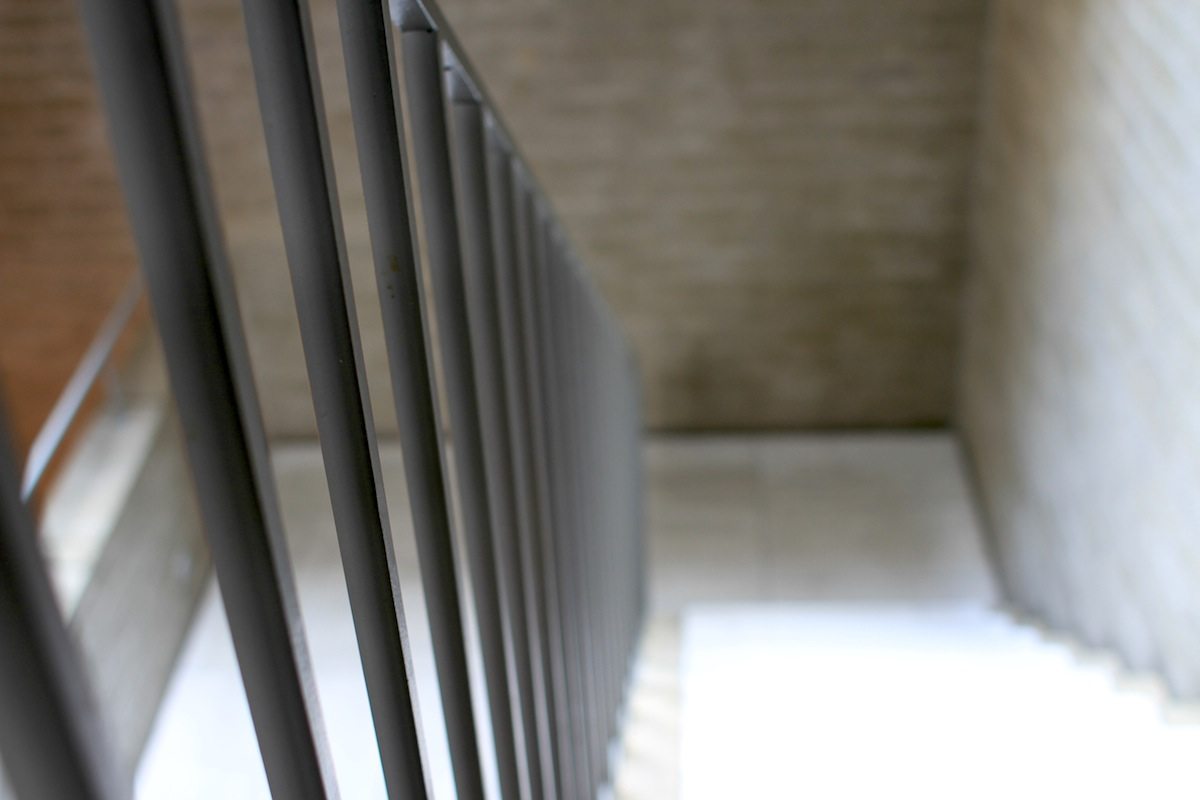
Schmela Haus
Every detail is precisely thought through.
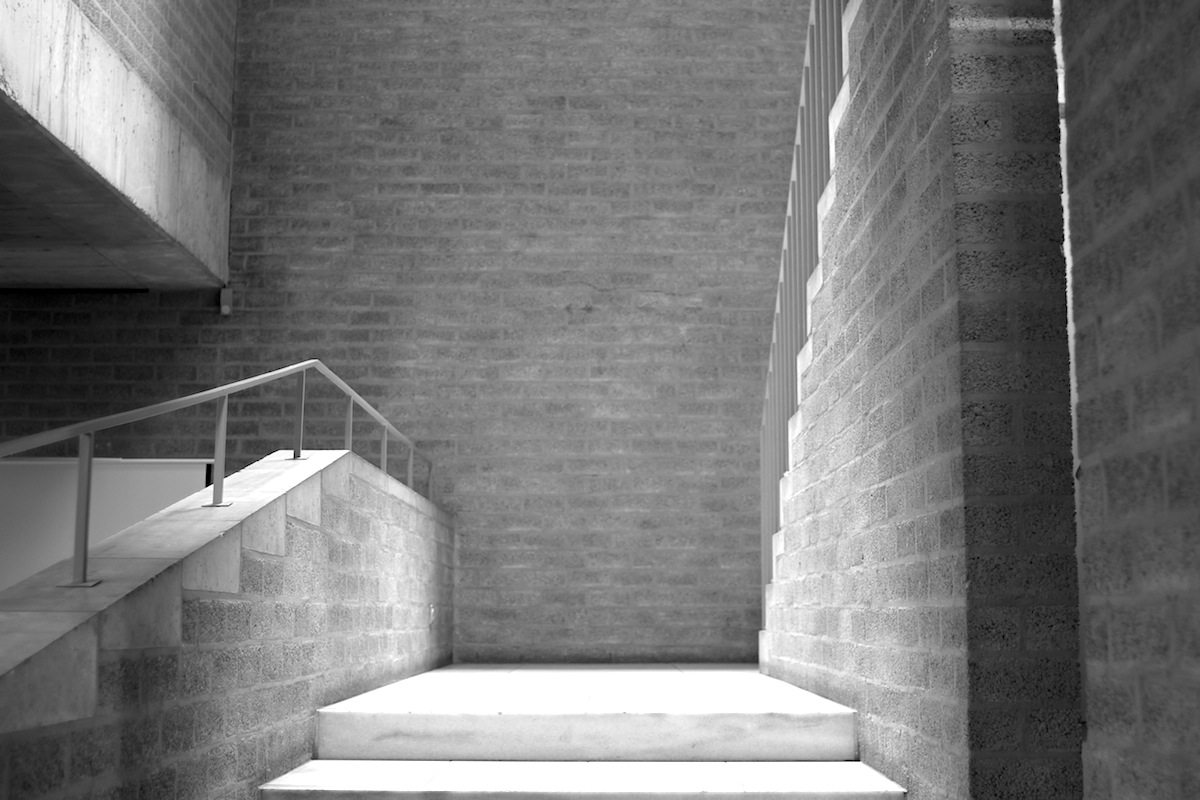
Schmela Haus
Variegated walls and different kinds of openings in and on the building ...
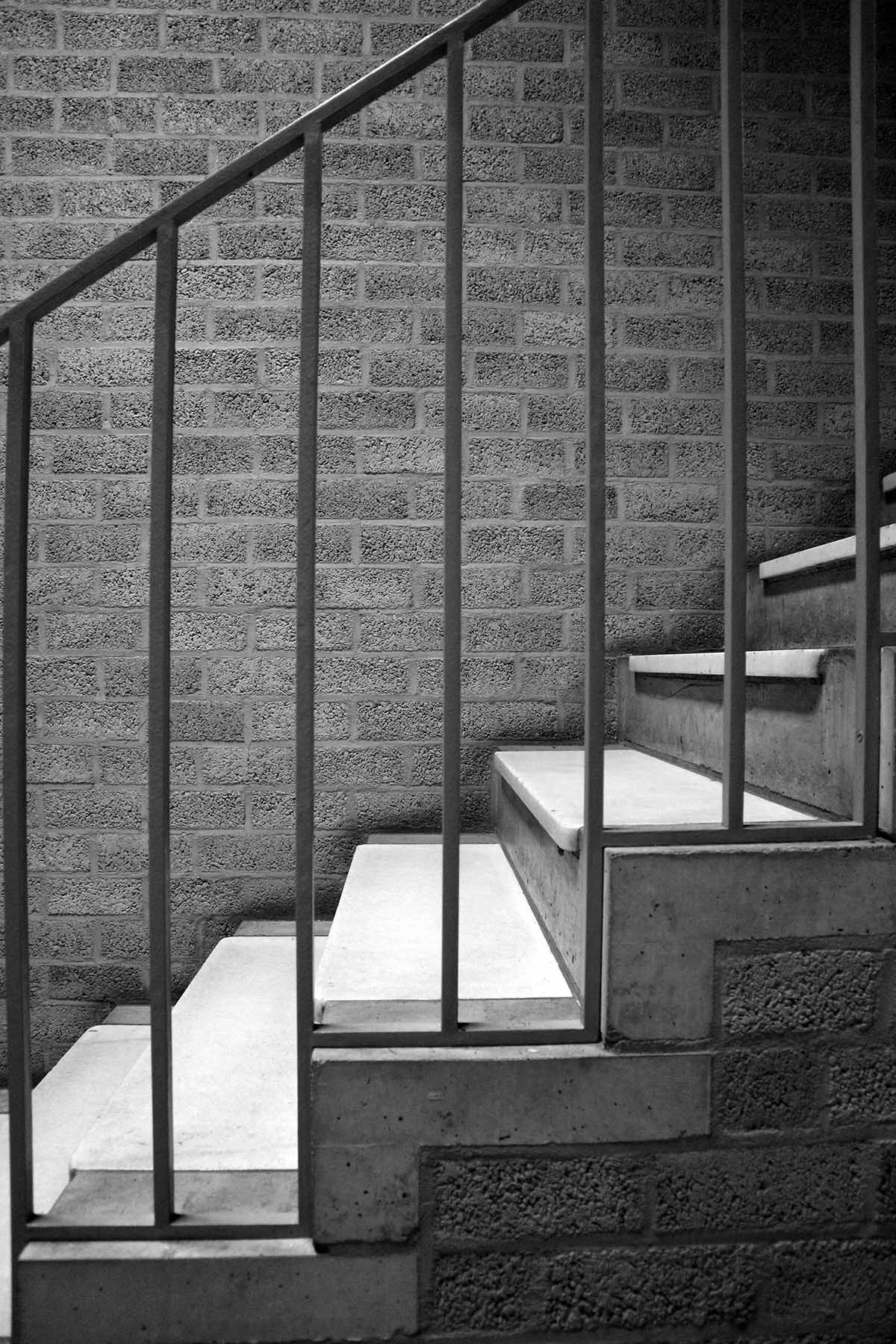
Schmela Haus
... open up visual axes and allow for changing perspectives.
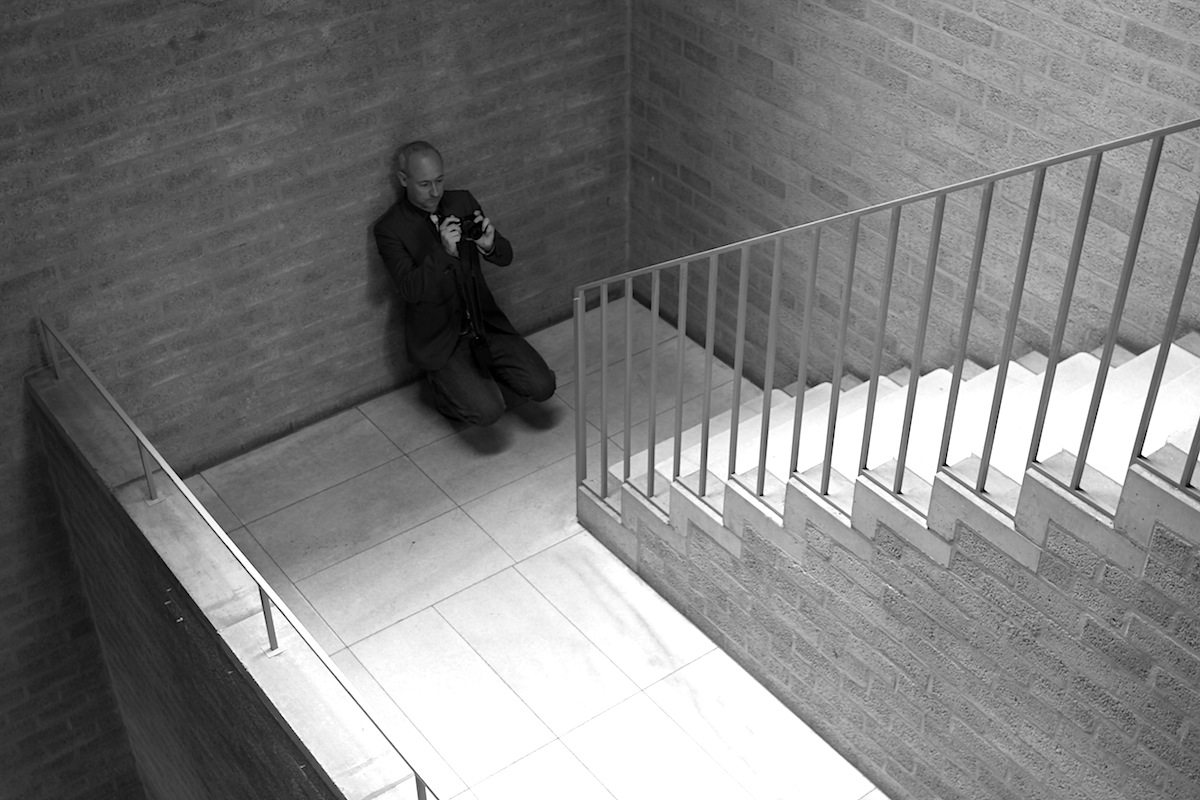
Schmela Haus
Architect and THE LINK co-founder Hendrik Bohle
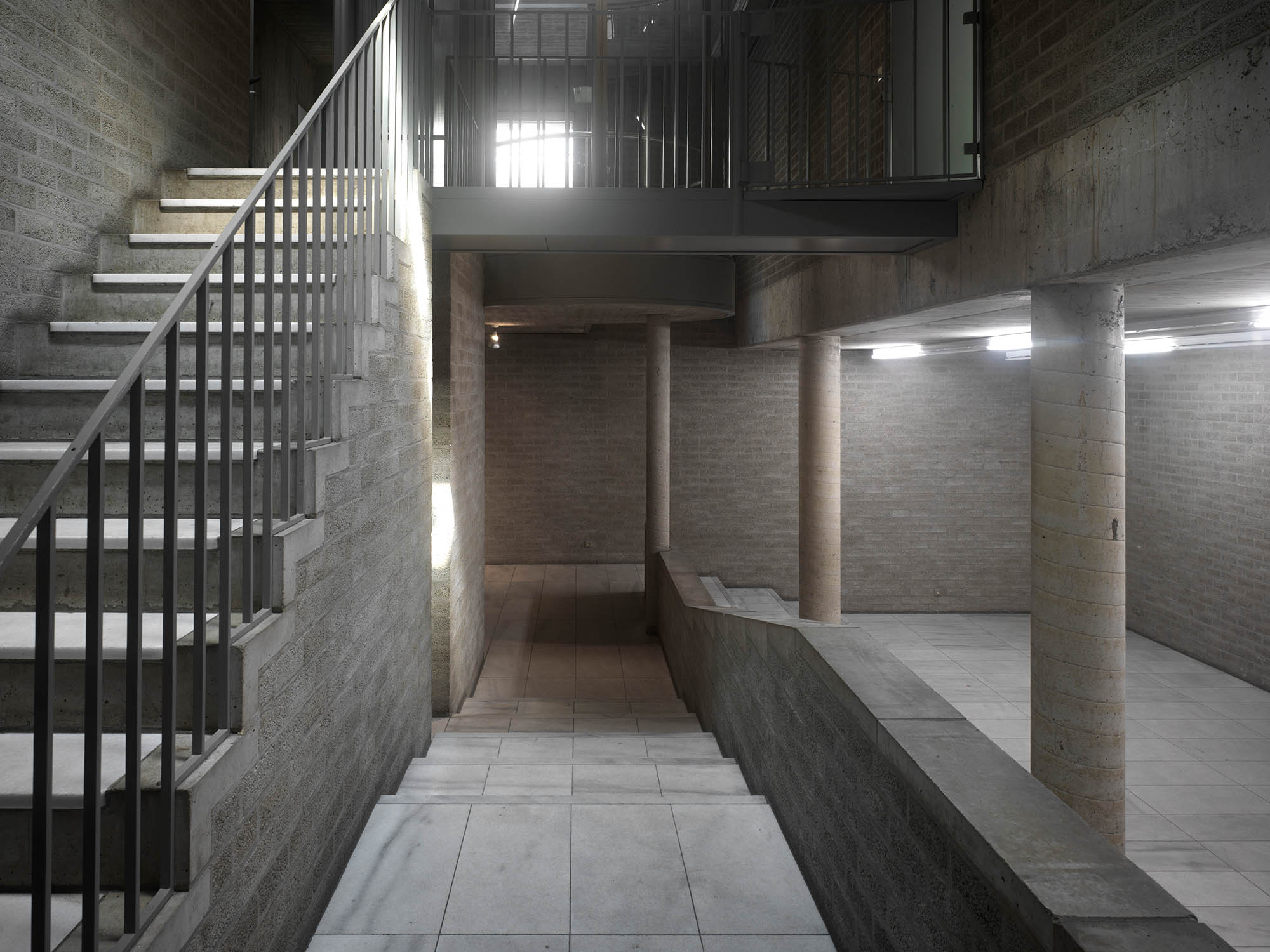
Schmela Haus
Since 1996, the house and gallery has been under historical monument protection.
In 1995, a renovation took place, led by Günter Zamp Kelp, one of the founders of the wonderful Vienna architecture and artist group Haus-Rucker-Co, which renovated the former passageway into a business and exhibition room. Ulrike Schmela-Brüning, the daughter of the art dealer, closed the venerable house and moved the gallery with her to Berlin. Since 2009, the building has been a part of the Kunstsammlung Nordrhein-Westfalen (North Rhine-Westphalia Art Collection), along with the exhibition spaces K20 and K21. Schmela Haus now serves as an “experimental rehearsal stage.” Discussions, debates and presentations take place there, as do campaign events and performances. The former residential spaces are used for a Curator-in-Residence program.
In 2013, the Düsseldorf sculptor Andreas Schmitten installed his work "Ein Set für das Schmela Haus. Bar und Saal" ("A Set for Schmela Haus. Bar and Hall"). The bar on the ground floor and the hall on the basement level, with their kitschy retro/sci-fi design, contrast wonderfully with Eyck’s rough grey. Additionally, the installation creates a perfect frame for Futur3, the exhibition that regularly takes place there, in which questions about the future – of museums, cities, society, art and science – are debated. Upcoming dates are already fixed: they’re always on Thursdays, starting at 7 p.m.
"Ein Set für das Schmela Haus. Bar und Saal." ('A Set for Schmela Haus. Bar and Hall').
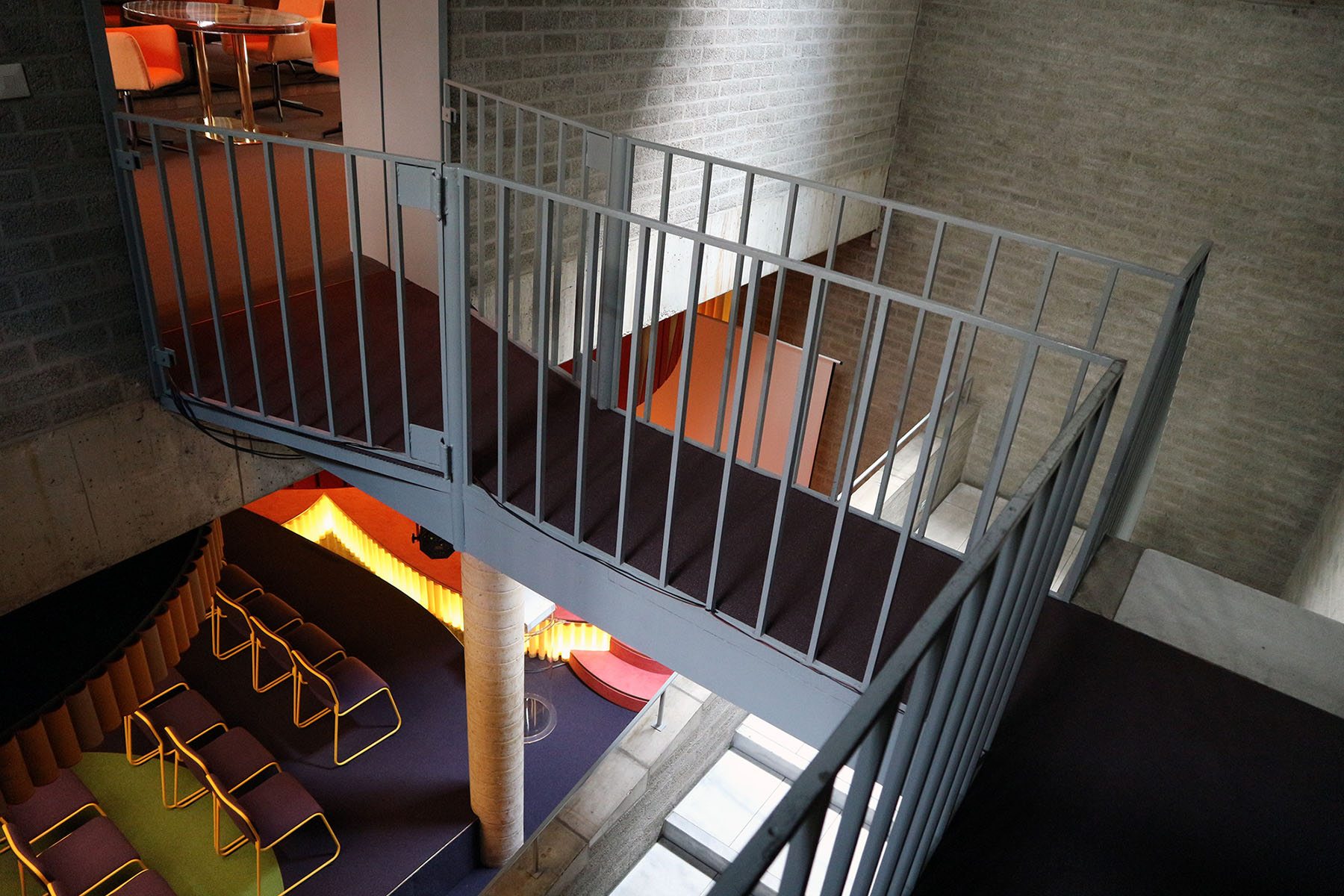
Ein Set für das Schmela Haus. Bar und Saal.
By Andreas Schmitten, 2013
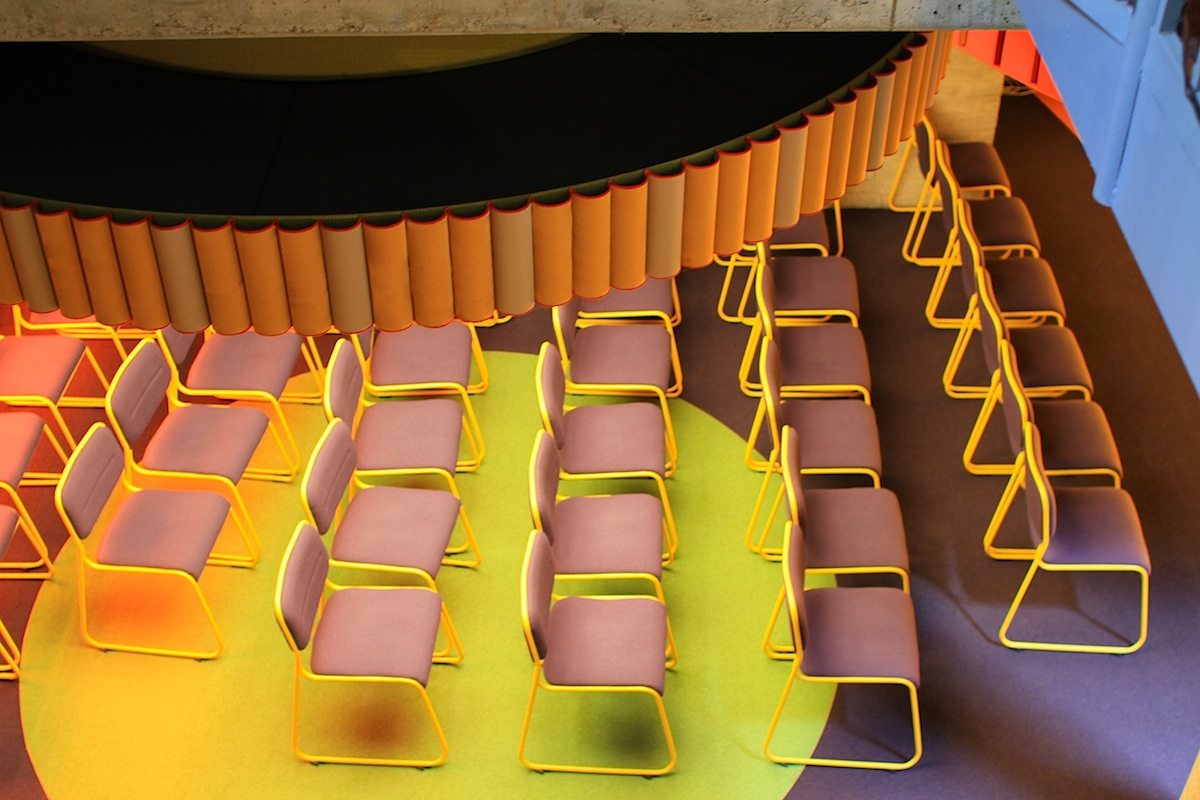
Ein Set für das Schmela Haus. Bar und Saal.
In 2013, the Dusseldorf sculptor Andreas Schmitten installed his work “Ein Set für das Schmela Haus. Bar und Saal” (“A Set for Schmela Haus. Bar and Hall”).
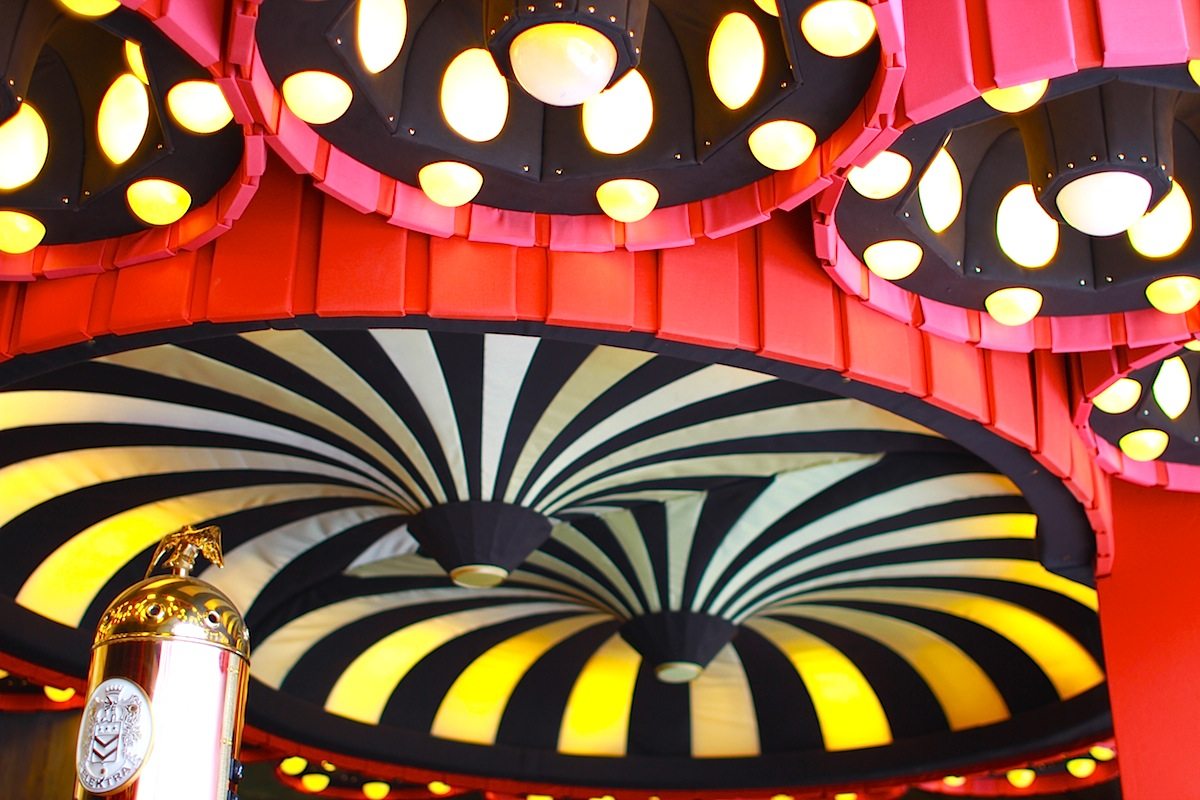
Ein Set für das Schmela Haus. Bar und Saal.
The bar on the ground floor ...
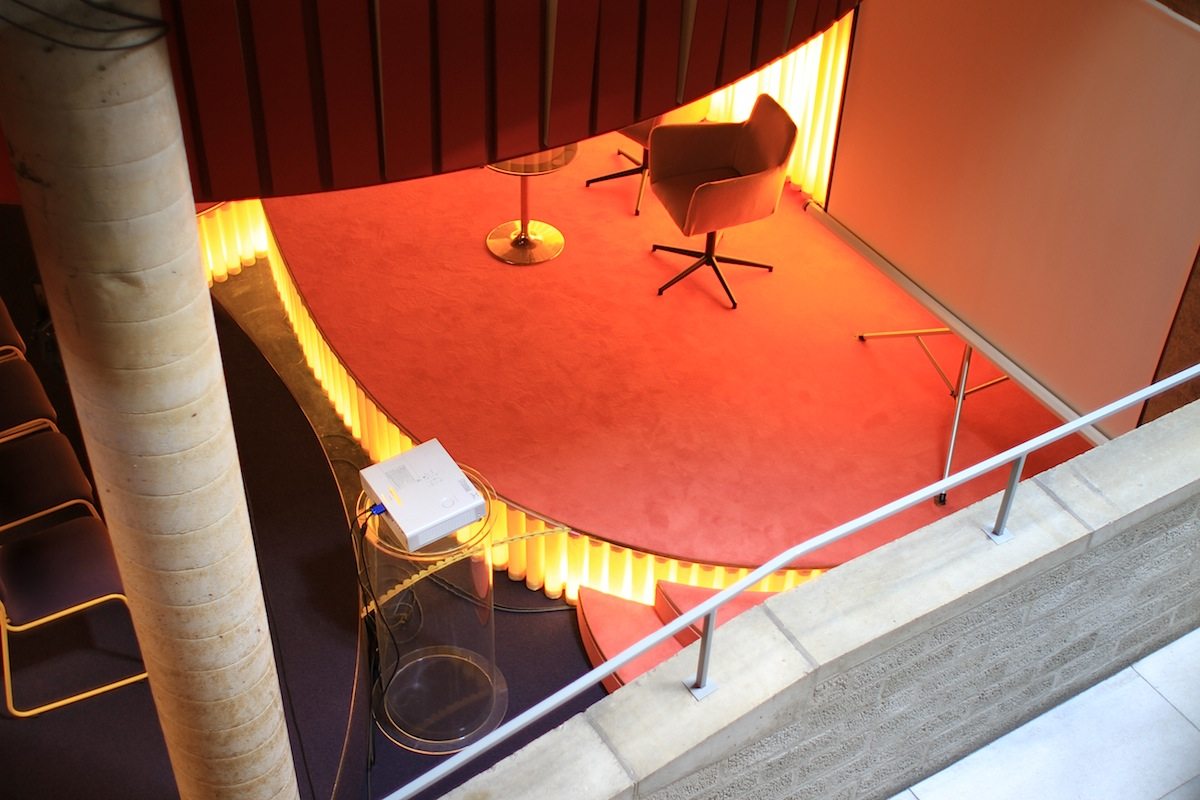
Ein Set für das Schmela Haus. Bar und Saal.
... and the hall on the basement level ...
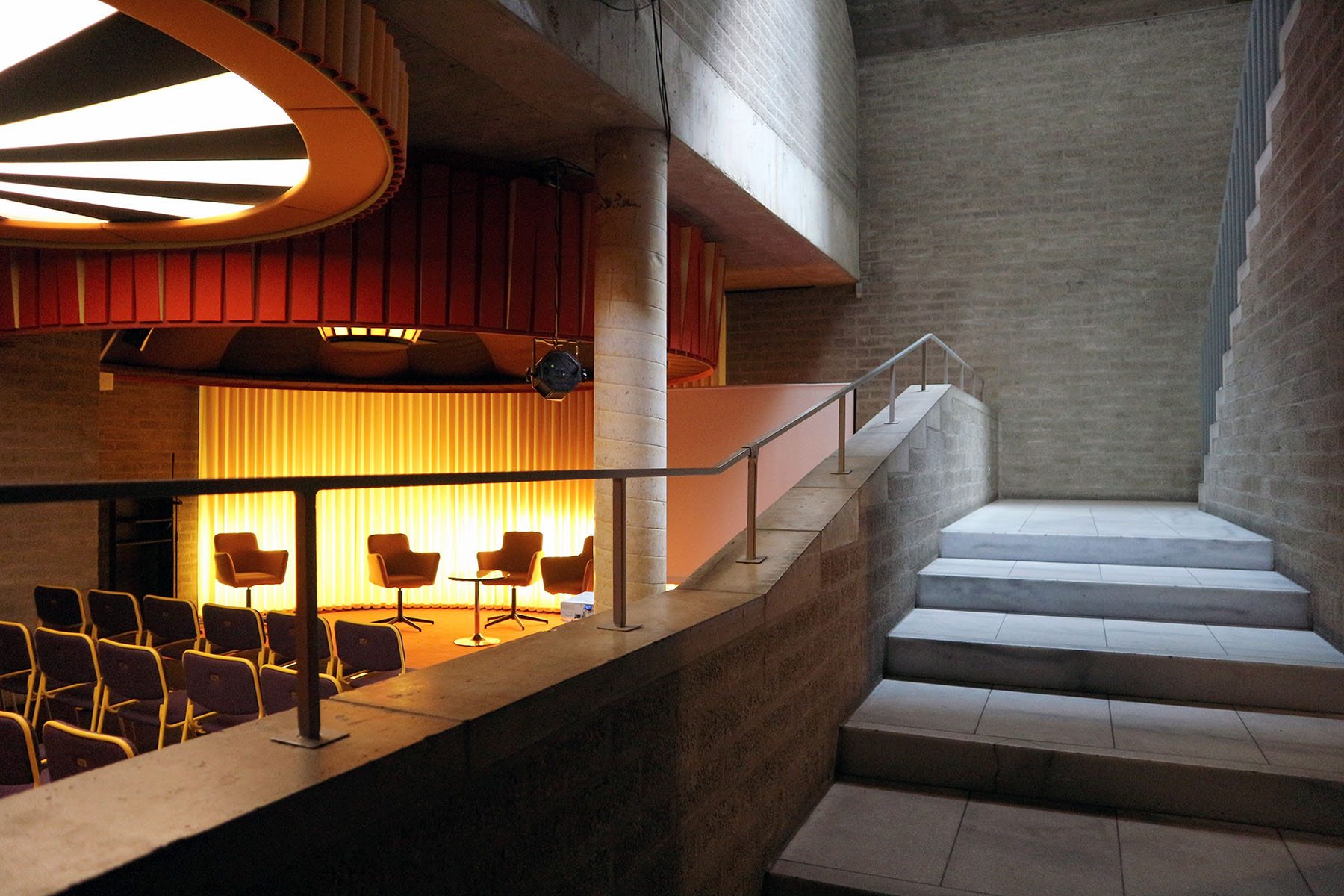
Ein Set für das Schmela Haus. Bar und Saal.
... with their kitschy retro/sci-fi design, contrast wonderfully with Eyck's rough grey.
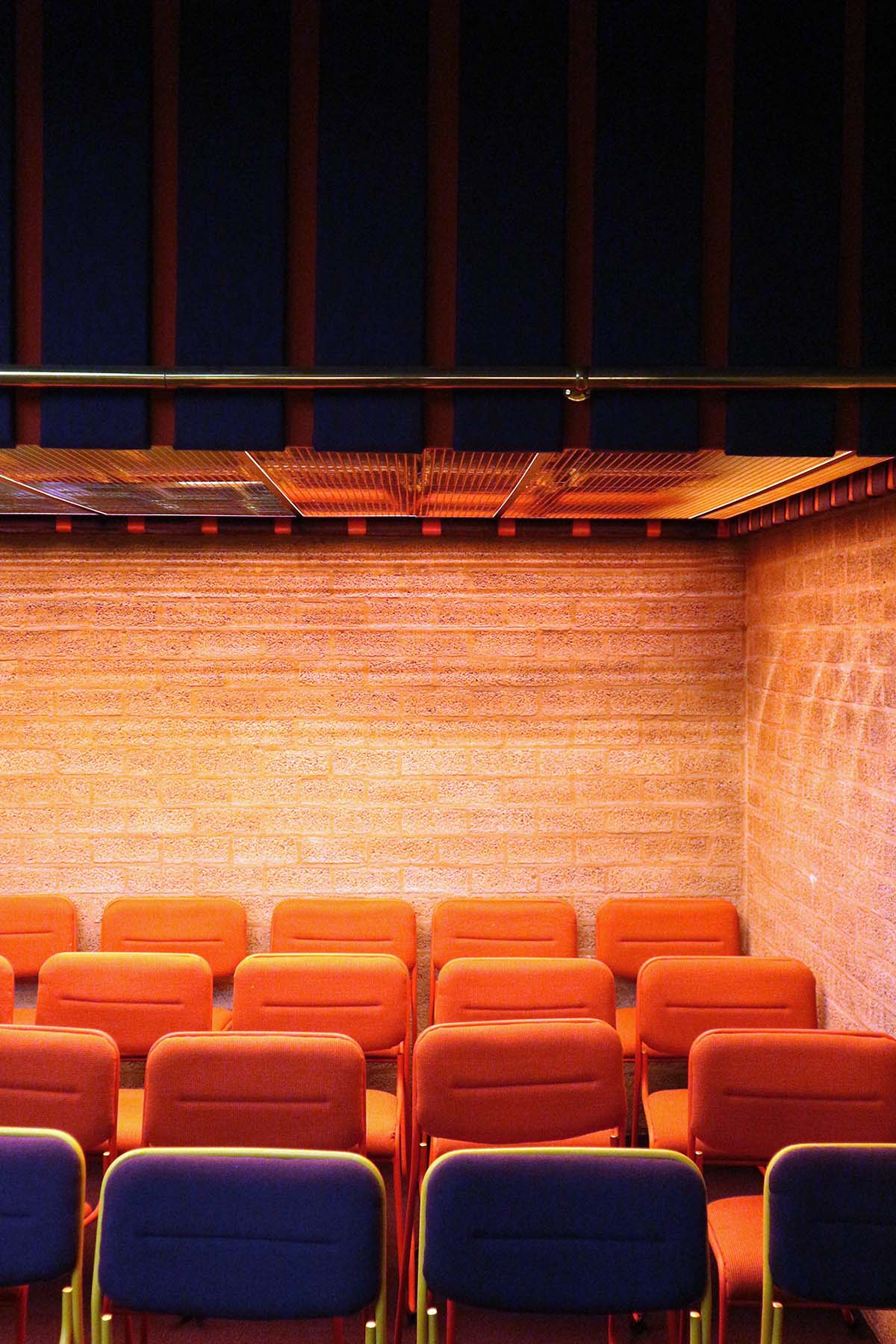
Ein Set für das Schmela Haus. Bar und Saal.
In 1995, a renovation took place, led by Günter Zamp Kelp, one of the founders of the Vienna architecture and artist group Haus-Rucker-Co.
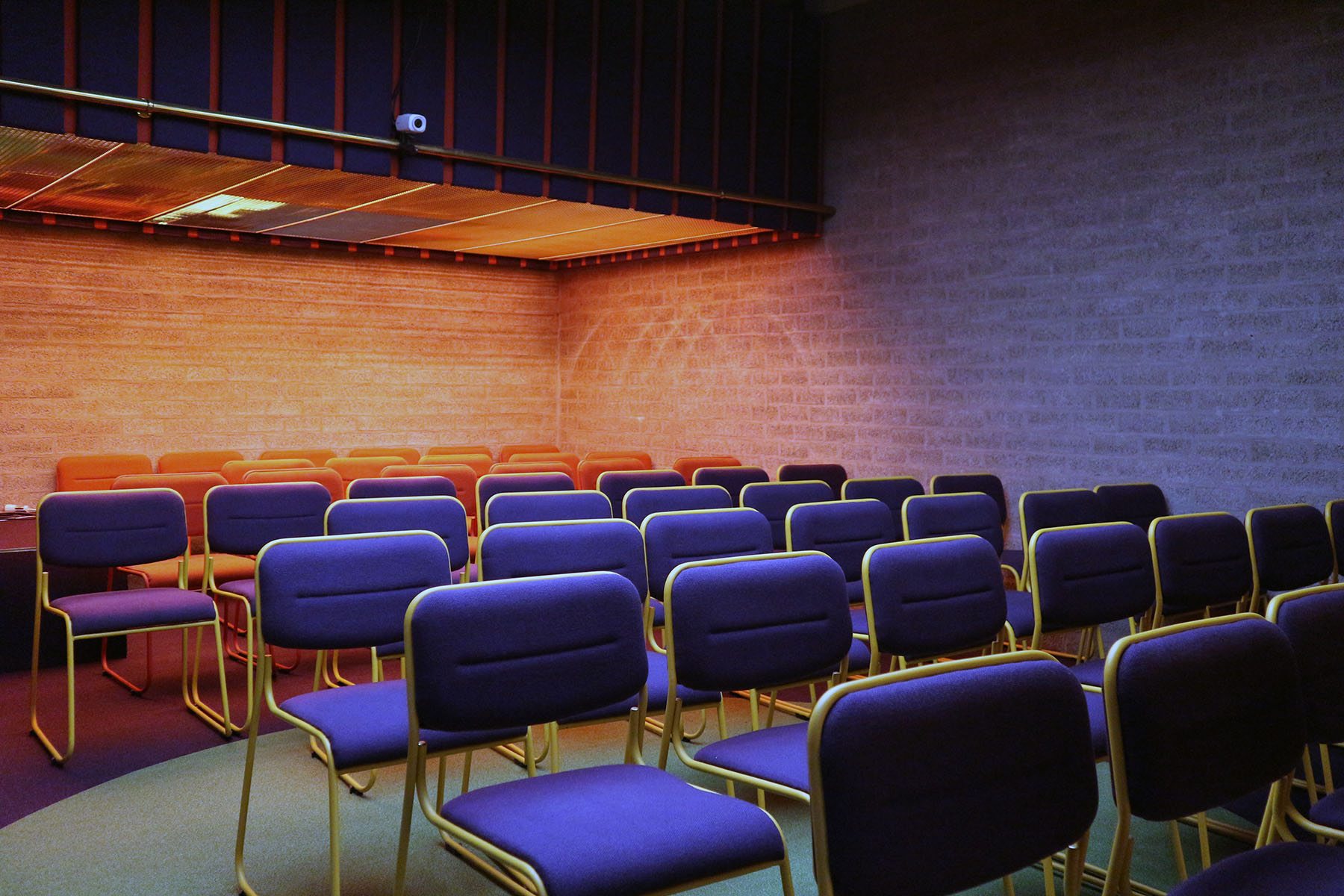
Ein Set für das Schmela Haus. Bar und Saal.
Andreas Schmitten was born in Mönchengladbach and ...
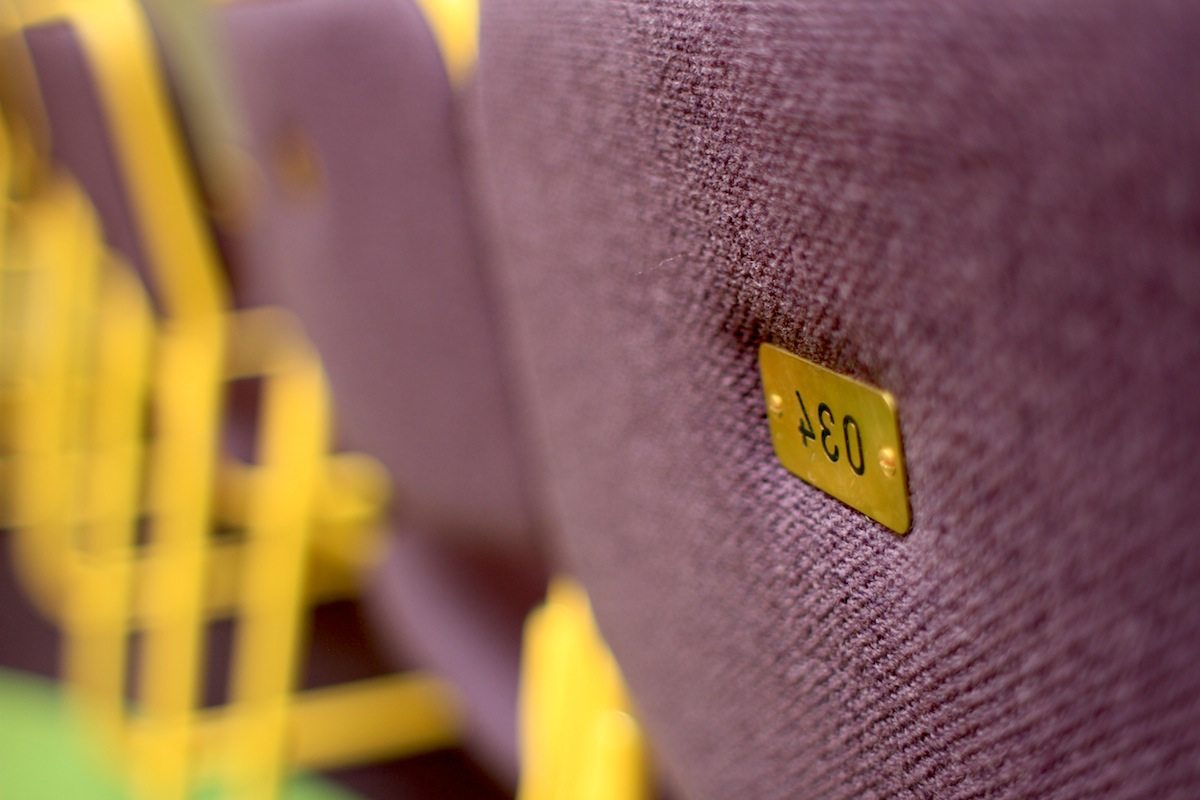
Ein Set für das Schmela Haus. Bar und Saal.
... is an internationally recognised concept artist ...
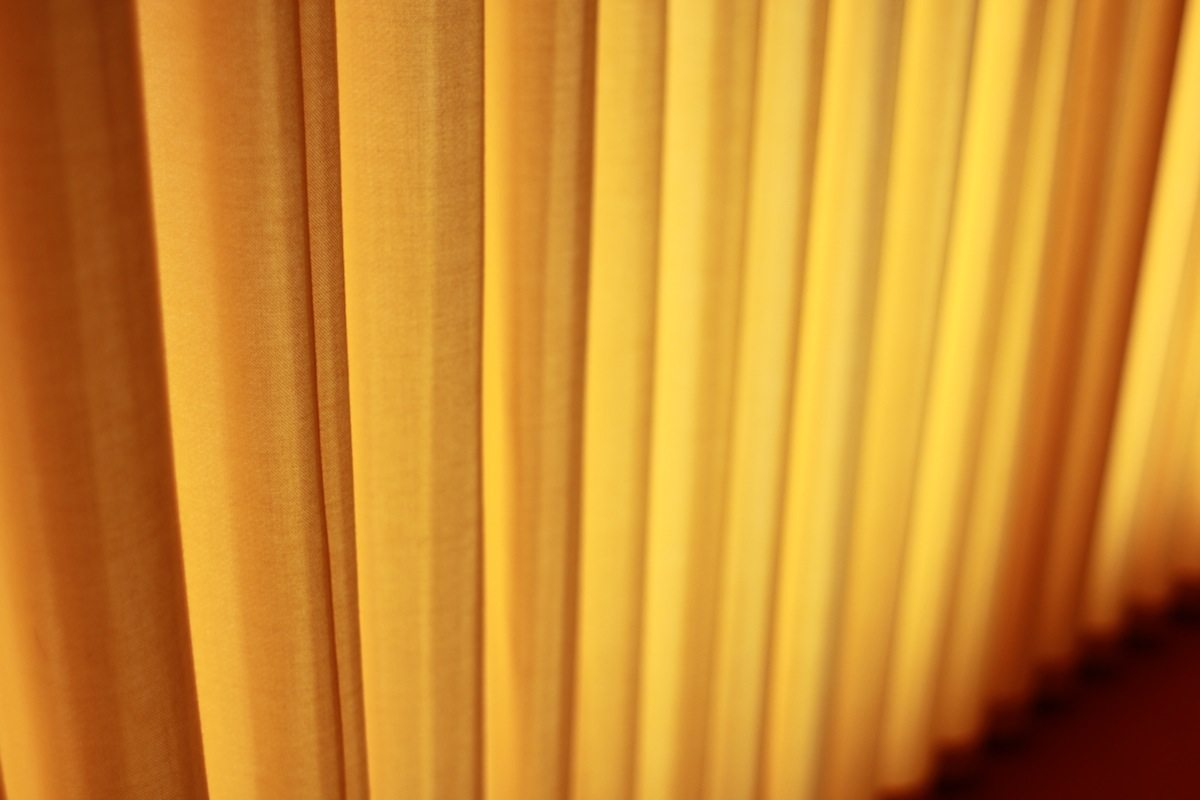
Ein Set für das Schmela Haus. Bar und Saal.
... who lives and works in Dusseldorf.
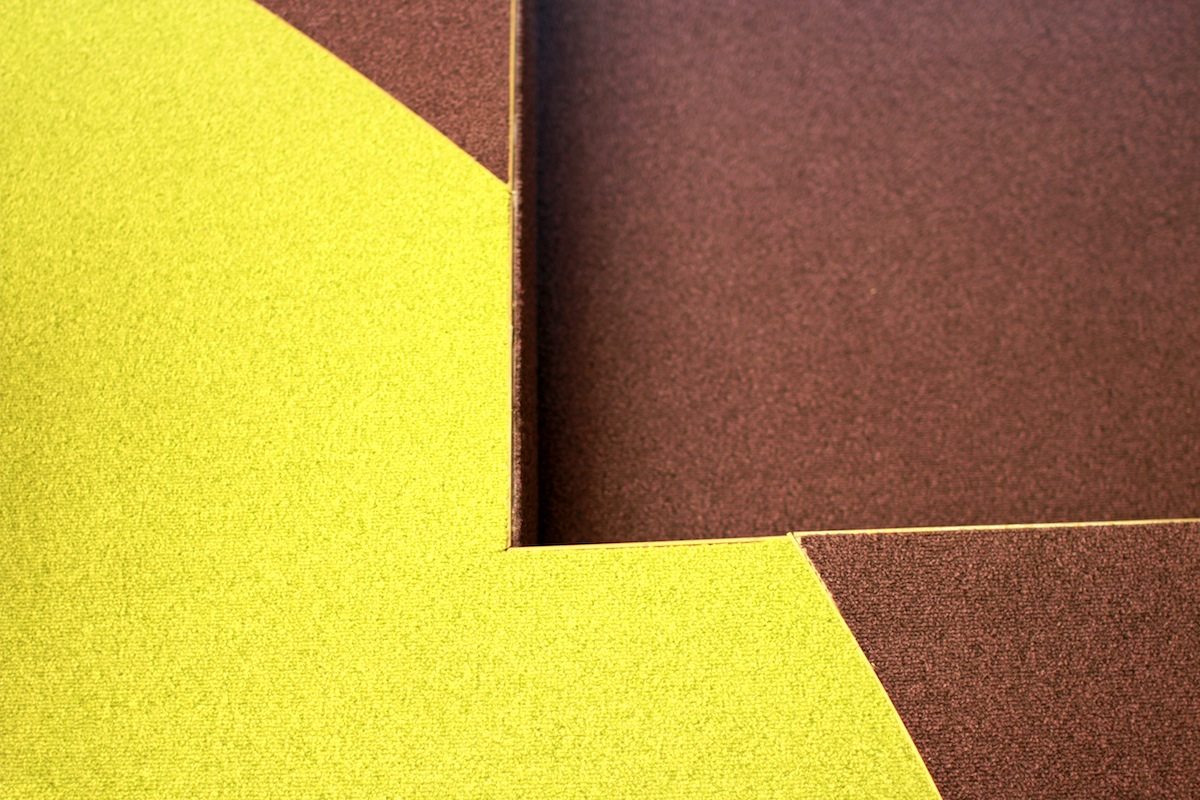
Ein Set für das Schmela Haus. Bar und Saal.
Colours and precision

Ein Set für das Schmela Haus. Bar und Saal.
The Schmela Haus F3 is opened for events only.
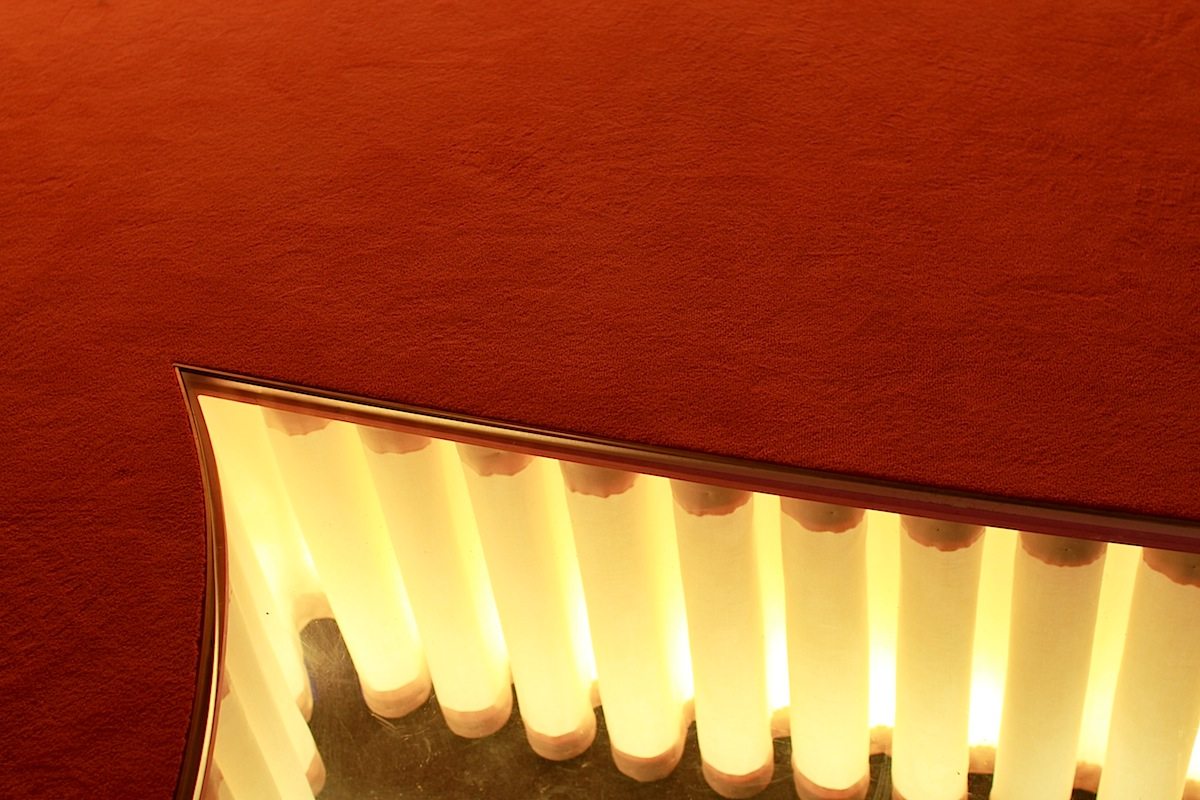
Ein Set für das Schmela Haus. Bar und Saal.
A stage for dialogue, debate, and discussion.
Schmela Haus F3
Address: Mutter-Ey-Straße 3, 40213 Dusseldorf, Germany. Opened for events only.
Aldo van Eyck
16 March 1918–14 January 1999. An architect from the Netherlands. Born in Driebergen, Utrecht, a son of poet, critic, essayist and philosopher Pieter Nicolaas van Eyck and wife Nelly Estelle Benjamins, a woman of Jewish and Latin origin born and raised in Suriname. Aldo van Eyck was one of the most influential protagonists of the architectural movement Structuralism. He was married to Hannie van Rooijen, also an architect. She assisted him in several projects. He taught at the Amsterdam Academy of Architecture from 1954–1959 and he was a professor at the Delft University of Technology from 1966–1984. He also was editor of the architecture magazine Forum from 1959 to 1963 and in 1967. A member of CIAM and then in 1954 a co-founder of "Team 10", Van Eyck lectured throughout Europe and northern America propounding the need to reject Functionalism and attacking the lack of originality in most post-war Modernism. Van Eyck's position as co-editor of the Dutch magazine Forum helped publicise the "Team 10" call for a return to humanism within architectural design.Van Eyck received the RIBA Royal Gold Medal in 1990. (with Wikipedia material)
Structuralism
is a movement in architecture and urban planning evolved around the middle of the 20th century. It was a reaction to CIAM-Functionalism (Rationalism), which had led to a lifeless expression of urban planning that ignored the identity of the inhabitants and urban forms. Structuralism in a general sense is a mode of thought of the 20th century, which came about in different places, at different times and in different fields. It can also be found in linguistics, anthropology, philosophy and art.
Futur 3
With the program Futur 3, the Kunstsammlung Nordrhein-Westfalen invites everyone with an interest in art and culture to engage in dialogue, debate, and discussion at the Schmela Haus. At 7 p.m. on Thursday evenings (except holidays), international guests explore questions concerning the future – of the museum, the city, society, art, and science in various constellations and with differing thematic emphases. To launch the building as a new venue, the Dusseldorf sculpture Andreas Schmitten responded with seductive opulence to Aldo van Eyck’s architecture in his installation "Ein Set für das Schmela Haus. Bar und Saal (A Set for the Schmela Haus: Bar and Lounge; 2013), which extends throughout two stories, and functions as a fusion of futuristic hotel bar, cabaret, and lounge.The new project museum global, which will run for three years, is designed to encourage the Kunstsammlung Nordrhein-Westfalen to embark upon an in-depth engagement with the Western construction of the »museum for modern art« and to call attention in a sustained manner to other narratives of modernity. Preparing for and accompanying this endeavor will be a series of Thursday evening lectures and discussions at the Schmela Haus that will reflect upon and analyze historical and contemporary aspects of globalization.In 2015, the ongoing Curator in Residence Program at the Schmela Haus, launched in autumn of 2014 and developed in collaboration with the Goethe Institute, will bring guests from Brazil and Japan to Düsseldorf.
Andreas Schmitten
Born 1980, in Mönchengladbach, is an internationally recognised concept artist who lives and works in Düsseldorf.
Dusseldorf
is the capital of the German state of North Rhine-Westphalia and with more 610,000 people the seventh most populous city in Germany. The city is an international business and financial centre, renowned for its fashion and trade fairs with headquarters of Fortune Global 500 and DAX companies. Dusseldorf is known for its academy of fine arts (Joseph Beuys, August Macke, Gerhard Richter, Sigmar Polke, Andreas Gursky), its pioneering influence on electronic and experimental music (Kraftwerk) and its Japanese community, the largest in Germany. Mercer's 2012 Quality of Living survey ranked Dusseldorf the sixth most livable city in the world. In Dusseldorf there are some new tall buildings in the pipeline. The city is also home to Germany's oldest skyscraper, called Wilhelm-Marx-Haus. Dusseldorf’s most intriguing architectural works are found along the renovated Media Harbour, where highlights include the wave-like Gehry office blocks ("Neuer Zollhof"), the Rheinturm TV tower, the city’s tallest building at 234 meters and the glass Stadttor "City Gate."